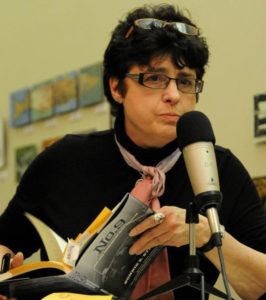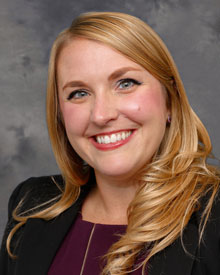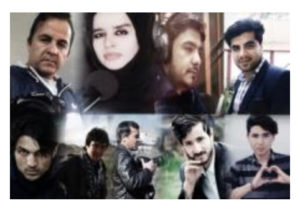It’s July of 2018 as I’m finishing up copy edits for the 7th edition of Mass Communication: Living in a Media World, and the question of who is going to own what in corporate media is somewhat of an open question. I will update this post to be current as news about these mergers and acquisitions progress.
Just figuring out who controls what in our corporate media world can be complicated. Consider the following mergers/acquisitions that were under considerations in the spring/summer of 2018:
- AT&T/Time Warner: Telecommunications giant AT&T, in June 2018, completed its purchase of media giant Time Warner in an $85 million deal. AT&T CEO Randall Stephenson said in a statement, “We’re going to bring a fresh approach to how the media and entertainment industry works for consumers, content creators, distributors and advertisers.” AT&T is anticipating being able to use its mobile and satellite distribution network to deliver programming ranging from HBO’s Game of Thrones to basketball on TNT. While the U.S. Justice Department has been relatively friendly to corporate mergers in recent years, there were arguments made that this merger might hurt consumers—primarily because the Turner cable channels such as CNN, TBS, and TNT are “must watch” channels that AT&T’s rivals need ready access to. There can be no question that this is a giant merger, but supporters of it argue that the two companies are really in different, noncompeting businesses. This is not Time Warner’s first go at the merger merry-go-round. Time Warner was owned by AOL back at the start of the millennium, but since then it has split off into several divisions and is now a much smaller company than it was in 2008. Among those sold-off divisions is the Time Inc. magazine division that gave the company the Time part of its name.
- 21st Century Fox/Disney (or is it Comcast?): As of June 2018, Disney appeared to be the winner in a bidding war with Comcast to buy much of the entertainment business owned by 21st Century Fox. This would give Disney control of the rest of the Marvel universe by bringing the X-Men into the fold. It would also give Disney notable TV properties including The Simpsons, the FX cable channel, and National Geographic. It will also give Disney (known for focusing on blockbuster films) Fox Searchlight, which is known for small-budget, critically acclaimed films. Disney initially had proposed a $52.4 billion deal in cash and stock that would not include Fox broadcast networks, the Fox News properties. Significantly, it would also give Disney the 30 percent of streaming company Hulu that Fox currently owns. Comcast countered that offer with an all-cash offer of $65 billion. Disney followed that with a $71.3 billion offer of stock and cash. The U.S. Justice Department has indicated that it would allow this transaction, assuming Disney sells off Fox’s twenty-two regional sports networks, many of which wold compete directly with Disney’s ESPN. As of this writing, Comcast has not yet thrown in the towel, but Washington Post sources suggested that Disney was likely to prevail. (The Post also notes that the stock/cash offer from Disney offered substantial tax advantages to the Murdoch family.)
- CBS/Viacom: CBS was purchased by Viacom back in 1999, but they split back into two corporations in 2005, with CBS handling broadcasting and Viacom handling movies and cable. Management of the two companies had substantial overlap, but they were still clearly separate corporations. In 2018, however, the companies have been dancing back and forth, considering becoming one company once again. The issues surrounding this deal seem to be largely one of how much one company would be willing to pay for the other, and who would be the management after the merger.
As you think about the companies that own our media, remember that they are not static units. They are ever-changing organizations that will work to maximize the current media environment.






